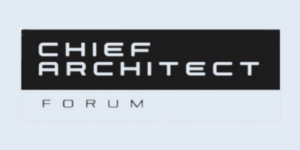THE AGENDA
24 hours of insightful presentations in a virtual meeting space. Click on the speaker names for their bio page and connection details. Click on the topic titles for session replays and access to the PDFs.
All times are shown as US Central time (CST is UTC-06:00)


9:00 am – 10:00 am: “How cognitive biases and ranking can foster an ineffective architecture and design”
KENNY BAAS – SCHWEGLER
Strategic software delivery consultant, Xebia
&
EVELYN VAN KELLE
Strategic Delivery Consultant, Qxperts | Part of Xebia
Join Kenny Bass Schwegler, and Evelyn Van Kelle in this talk where they will interactively explore how we can improve our facilitation skills and focus on neuro-inclusiveness with Lewis Deep Democracy (LDD). By having a Deep Democratic discussions together on what biases are at play during liberating structures workshops, and how ranking will effect a visual collaborative modelling session like EventStorming and User Story Mapping, you will gain first-hand experience about LDD. With this experience, they will explain how they embedded LDD in their design processes. In their discussion they will let you leave with the knowledge on how to observe sabotage behaviour, battle oppression, and to create safety in exploring alternative perceptions. They will show you how you can really let the group say what needs to be said and take a collective autocratic decision in designing your software models.

10:00 am – 11:00 am: “Learnings from engineering a SaaS platform – why value stream thinking is hard, but necessary”
DOMINIK ROSE
VP Product, Value Stream Management, LeanIX
Within ten years, LeanIX has evolved from a startup to a global tech company – impacting the working life of more than 10m employees daily. The role of product & engineering evolves more or less on a daily base within this fast growing company. While we help our customers to uncover and reveal complexity around their IT landscape, maintaining & expanding our own state-of-the-art SaaS platform is a constant challenge.
This talk shares experience & learnings around:
- why transparency is essential yet undervalued
- how growing empowered teams depends on business context & alignment
- how KPIs like DORA can help surface trends
- why incident response needs to become more proactive

11:00 am – 12:00 pm: “A career path through technical architecture and enterprise architecture“
JASON BARAGRY
Chief Enterprise Architect at Ardoq
There are many types of architecture in our discipline. They include application architecture of a single system; solution architecture that combines multiple systems; and enterprise architecture that provides a design for a system of systems. Many of us transition through roles that work with multiple types of these architectures during our careers. Unfortunately, we sometimes become tribal about our roles, and our industry includes plenty of disdainful and disparaging commentary. The detrimental comments are usually caused by a lack of understanding about the objectives and scope of those other roles. This talk will take a detailed look at these roles, their similarities, where they differ, what they are trying to achieve, and the different concepts you need to learn as you transition between them.

12:00 pm – 1:00 pm: “Visualising Software Architecture with the C4 Model”
SIMON BROWN
Consultant, Coding the Architecture
This talk explores the visual communication of software architecture based upon my experience of working with software development teams across the globe. We’ll look at what is commonplace today, the problems this causes, and how the C4 model can help to resolve them.

1:00 pm – 2:00 pm: “Taming Software Complexity”
OLIVER CRONK
Chief Architect EMEA, Tanium
For most sophisticated enterprises business technology has become too complex to easily understand and as a result a whole range of risks can hide in this complexity.
In this session, Oliver Cronk, Chief Architect EMEA at Tanium along with a Tanium customer will talk about the challenges many are overlooking, risks that many are ignorant towards or have just had to accept. Along with innovative ways to get visibility into and control over the “AS-IS” current state environment at speed and scale.


2:00 pm – 3:00 pm: “Modern Tradeoff Analysis For Distributed Architectures”
MARK RICHARDS
Hands-On Software Architect, Founder of DeveloperToArchitect.com
&
NEAL FORD
Application Architect, ThoughtWorks Inc
The first law of software architecture states that “Everything in software architecture is a tradeoff” (from Fundamentals of Software Architecture by Mark Richards and Neal Ford). One of the key skills of an architect is to analyze tradeoffs. Most people know this from the famous response “it depends…” from so many software architectures around the world when asked any architecture-related question. However, how do you identify and analyze tradeoffs? In this session you will learn tips and techniques for how to do tradeoff analysis and make better decisions using real-world tradeoff examples such as service granularity, shared functionality, communication protocols, distributed transactions, and many other hard decisions architects face every day.
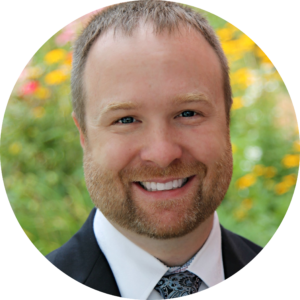
3:00 pm – 4:00 pm: “Does your architecture deliver real business value? Master the challenge of creating a future-proof business with a Modern Enterprise Architecture practice“
DANIEL HEBDA
Chief Strategy Officer, MEGA International
The past couple of years have proved businesses that are able to pivot rapidly can accelerate investment, strengthen their resiliency, quickly scale, and meet the digital world’s furious pace of change. All this is made possible by having a modern well-designed enterprise architecture. In this session you’ll learn how enterprise architects are key contributors to building an agile, resilient, forward-thinking architecture that delivers real business value and future-proofs the enterprise. Join us for practical tips and insights on how to create a lean, adaptive, and modern architecture.

4:00 pm – 5:00 pm: “Writing Code? A Maturity Level 1 concept. Maturity Level 3! The techniques behind “Assemble to Order” are the key to Enterprise Agility”.
SAMUEL HOLCMAN
Managing Director
Enterprise Architecture, Center Of Excellence
Make to Order, Provide from Stock, Assemble to Order. The three maturity levels that are understood and tried and true in the manufacturing community. In the information technology community, most organizations reside in the Make to Order maturity level (level one), and are attempting to “speed things up” with techniques like agile programming, containers, “low code” and numerous other approaches – all within the level one maturity realm. It is time to move up the maturity model. Underlying maturity three, which is a maturity level you will all recognize surrounds our daily lives (in most areas of our lives) requires two concepts and underlying technologies that are really quite simple – but not comfortable for those that are now existing in the maturity level 1 arena. Change, displacement, new learnings, and reward systems are all part of the equation, which makes people uncomfortable – and resistant to change. It is happening. Listen in and meet your future.

5:00 pm – 6:00 pm: “Why Architects should care about DevOps“
LEN BASS
Award-winning author on Software Architecture
You, as a software architect, probably have not paid much attention to DevOps believing that it has little to do with your role. After all, DevOps is a bewildering collection of tools that are independent of the system being manipulated. You are primarily concerned with the system you are working on and will leave the DevOps portion to someone else. You should reconsider. The roles of System Dependability Engineer or Product Engineer fit the description of the role of a software architect after a system has gone into production. Continuous deployment may lead to version skew and your design must be able to accommodate version skew. You make design choices that affect the visibility of operational performance. This talk will explore the portions of DevOps that a software architect should understand and incorporate in their activities.

6:00 pm – 7:00 pm: “Panel Discussion – Is this the way?“
STEPHEN COHEN
Chief Architect – Microsoft Services
In this session, Mr. Cohen will be brilliantly explaining about the multiple perspectives on Modern Architecture debating the various approached to modern architecture workloads.
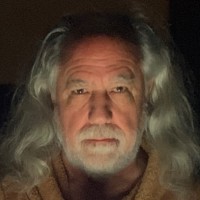
7:00 pm – 8:00 pm: “Software Architecture for a Post AI and Post Quantum World”
GRADY BOOCH
Chief Scientist for Software Engineering, IBM
No matter what future we might imagine, it will rely on software that has not yet been written. Most contemporary software that resides in the interstitial spaces of civilization – the software on which our individual lives, our communities, our nations depend – are crafted with a symbolic foundation, echoes of Boole’s Laws of Thought. We have grown an industry of such symbolic artifacts, with best practices, patterns, and platfoms upon which we build the future. That being said, there are other, equally valid ways: neural architectures and quantum processors are also Turing Complete, and therefore amenable to any problem of computation. Of course, each of these ways have their own particular advantages and efficiencies, their own scalability, latency, resilience, explainability, correctness, biases, and risk profiles. In this presentation, we’ll quickly study how we got to where we are today in the history of software engineering.

8:00 pm – 9:00 pm: “Regulations and compliance, Design architecture for today and future”
HAYK MELKONYAN
Team Lead / Senior Software Engineer 2, Picsart

9:00 pm – 10: 00 pm: “How Low Code supports best practice in software development and architecture”
RICHARD DAVIES
Director of Digital Transformation (APAC) at OutSystems

10:00 pm – 11:00 pm: “Digital Integration Platform: EAI to Hybrid Integration”
SAMEER PARADKAR
Enterprise Architect – Digital – AtoS
The Digital Integration Platform sits at the centre of the target architecture, providing a bridge between all of the platforms. It enables the decoupling of all platforms which make up the target estate, and also provides foundation connectivity, queues, eventing, routing, and security capabilities. By decoupling the platforms, it removes the need for them to be aware of the wider technical landscape that they exist in. This allows changes to be made in isolation, and limits the dependencies across the estate and imposed on suppliers of those systems. This decoupling also enables a managed, controlled migration away from the as-is, legacy services to the future services, while minimising the customer impact of the transition states. Correctly defining the ‘shape’ of the Digital Integration Platform solution is key to the technical de-coupling of components, and improving technical agility in the target architecture. The design of this Digital Integration Platform also allow its own components to be altered over time, and give customer the ability to adopt new capabilities without needing to “rip-and-replace” the entire platform. The purpose of the Digital Integration Platform within the wider target architecture is to take the commodity services which we procure, and bring them together in the target state.
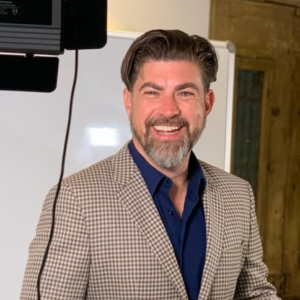
11:00 pm – 12:00 pm: “BTABoK for Software Architects”
PAUL PREISS
Founder & CEO, IASA Global
The Business Technology Architect Body of Knowledge brings together the fundamental principles and practices of architects of all types. It provides a modern guide for implementing an architecture practice but also provides hands on tools for architects at the solution, software and team level. From stakeholder fascilitation to API management and detailed design techniques and tools compatible with modern agile and emergent trends. Paul Preiss, CEO of Iasa will guide you through an entire solution lifecycle including a deep focus on patterns, quality attributes, team fascilitated ‘just good enough’ architecture.
OUR SPONSORS
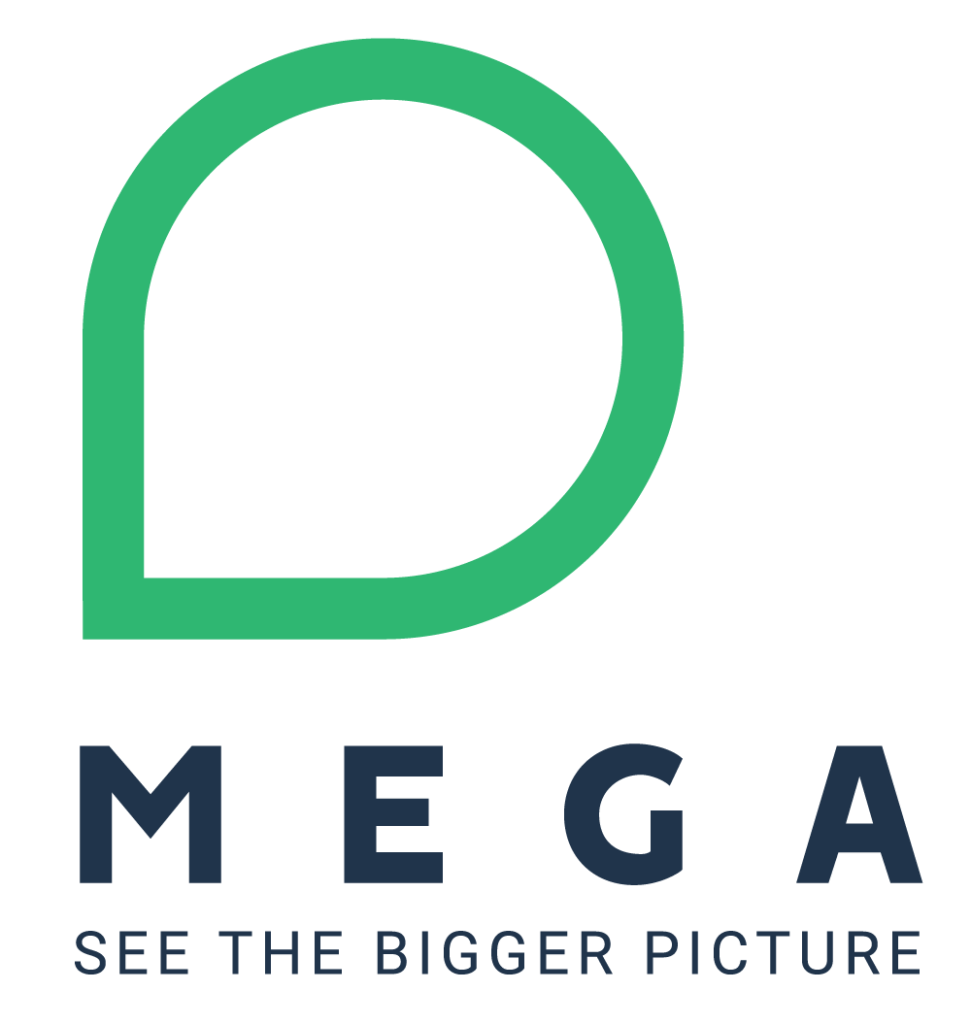
About MEGA International
Founded in 1991, MEGA is a global software company and recognized market leader for over ten years. MEGA has had demonstrated success implementing enterprise architecture solutions and use cases at over 2000 companies and has 340,000 users worldwide. Building upon the functionality of enterprise architecture, MEGA has enriched its solutions over the last few years by adding risk management, data governance, and data privacy solutions. Having all these solutions under one platform enables companies to connect these perspectives under one single source of truth. With this broader, connected view, companies get a better understanding of how their business works, uses technology, governs data, ultimately helping the company to realize transformation success. Get up and running quickly with open APIs, instant out-of-the-box reports, and customizable dashboards to share insights across your organization to make smarter decisions. – www.mega.com
About Tanium’s Architect Tomorrow
Architect Tomorrow is a community for Enterprise, Security, Solution and Infrastructure Architects to discuss and debate topics from the profession itself, diving into infrastructures, looking at sustainability in business and more. As a member of the community, you gain access to the content we create with our guest speakers, panellists and content contributors. Join us and get involved! – https://www.youtube.com/ArchitectTomorrow


About LEANIX
LeanIX was founded in 2012 by Jörg Beyer and André Christ. The company’s headquarter is in Bonn, Germany with offices in Boston, Denver & San Francisco, USA, Ljubljana, Slovenia and Hyderabad, India. A wide network of partners provide support in America, Europe and Australia. LeanIX’s Continuous Transformation Platform® offers SaaS solutions to help IT architects, IT asset managers, business leaders, and DevOps teams achieve transparency and control over their enterprise architecture, SaaS, and microservices landscapes. https://www.leanix.net/en/
About ARDOQ
Ardoq is a SaaS company reinventing how companies drive continuous change. Enterprise Architecture tool enables IT and business managers to understand the impact of what they want to do and the impact of their decisions for today’s digital enterprise. The company’s dynamic, data-driven EA platform is designed to plan and execute change initiatives. With Ardoq, IT and business stakeholders can confidently drive change initiatives. Ardoq connects information about an organisation’s people, processes, and technologies to allow you confidently drive change initiatives. With Ardoq, CIOs can confidently deliver digital transformations; IT leaders can make better technology decisions based on timely information; and EAs can serve as change agents, supporting business and IT collaboration for better outcomes! – https://www.ardoq.com/

OUR PARTNERS
MODERN SOFTWARE ARCHITECTURE
YOUR HOSTS

Editor of the Enterprise Architecture Professional Journal

An integration architecture thought leader and CITA-Professional

Founder and Managing Director, S2E Transformation Inc.

CEO and Founder,
Iasa Global

Executive in Residence,
DePaul University Innovation Lab













